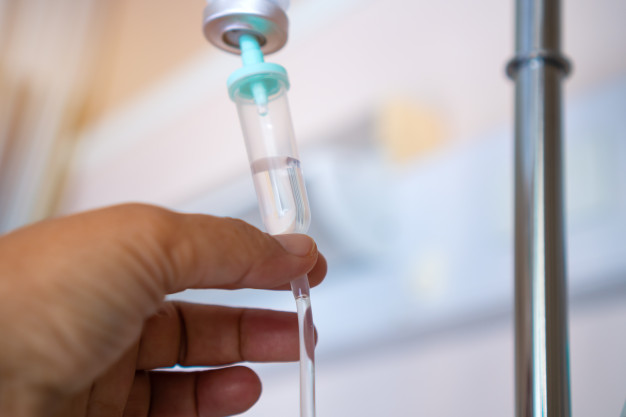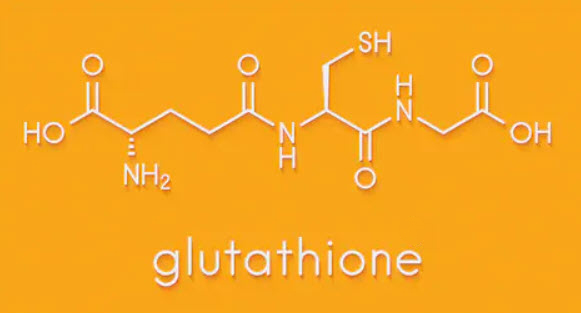Posted By:
 Steve Parcell
Steve ParcellCategory:
Intravenous Therapy
We are excited to announce that we now offer Nicotinamide Adenine Dinucleotide (NAD) intravenous infusions to our patients. We have the most advanced training available in intravenous therapies and 20 years of experience backing us. What is Nicotinamide Adenine Dinucleotide (NAD)? NAD is the co-enzyme (cousin) form of vitamin B3 (niacin). NAD contains niacin but is much more powerful. The key function of NAD is generating ATP through oxidative phosphorylation, also known as the electron transport chain within the mitochondria. ATP is the energy currency that drives cellular metabolism. Without it, we would die. NAD gets converted back and forth to another compound called NADH. NAD can also be referred to as NAD+. NAD and NADH are found in different concentrations within tissues of the body. The heart muscle contains 90 mcg NADH per gram, muscle brain tissue contains 50 mcg/g, and red blood cells contain 4mcg/g. Tissues that contain more NADH generate more energy. Drugs and other toxins disrupt this delicate system. See the NAD+ NADH Redox Reaction on our Intravenous NAD Infusions page How Does NAD Help the Human Body? NAD is used is in addiction recovery centers. Long-term drug and alcohol use can decrease energy production in...




